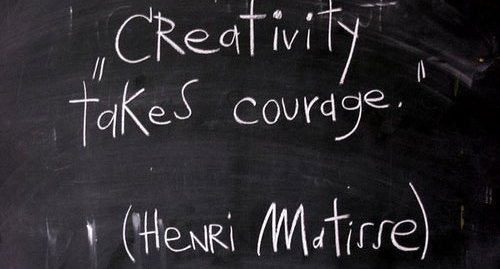The reason most corporations are broken when it comes to talent acquisition is they are simply looking for the wrong things through the wrong lens. Their hiring models are built for the old economy. They are looking for conformity rather than a non-conformity. They look to protect the status quo rather than disrupt it. They are hiring for the present and not for the future- corporations have a talent problem.
When organizations hire, develop, and promote leaders using a competency-based model, they’re unwittingly incubating failure and obsolescence. Nothing fractures corporate culture faster, and eviscerates talent development efforts more rapidly, than rewarding the wrong people for the wrong reasons. Don’t reward technical competency – reward aggregate contribution.
Any organization that overweights the importance of technical competency fails to recognize the considerable, and often-untapped value contained in the whole of the person. It’s the cumulative power of a person’s soft skills, the sum of the parts if you will, that creates real value. It’s not what a person knows so much as it is how they’re able to use said knowledge to inspire and create brilliance in others that really matters
We live in a time that has moved well beyond competency-driven models, yet organizations still primarily use competency-based interviews, competency-based job descriptions, competency-based development, competency-based performance reviews, and competency-based rewards as their framework for doing business. It remains the best practice mentality that rules the day when we’re long overdue for a shift to next practices. It’s simply not possible to change current behaviors by refusing to embrace new paradigms.
Sure corporations know the right buzzwords – they pay lip service to things like character, trust, passion, purpose, EQ, collaboration, creativity, etc., but they really don’t value them in the same way they value competency. One of the problems is competency is predictable and easy to measure, and corporations like predictable and easy. However just because something is easy to measure doesn’t mean it’s the right thing to measure, and certainly not when measured in a vacuum.
Making the problem even worse is that corporations tend to hire the wrong executive search firms. Traditional search firms offer little in the way of new thinking or the latest IP. They are little more than purveyors of resumes who possess little to no business acumen and add little to no value.
Competency should represent nothing more than table stakes – it should be assumed. Having the requisite level of competency to do your job is not to be rewarded – it’s to be expected. The train is really off the tracks when being technically and/or functionally qualified to do a job makes you a high potential.
The value organizations should be cultivating and curating in people is their ability to align purpose, vision, values, character, and commitment with demonstrated competency. Competency isn’t the entirety of a person’s worth, and it certainly shouldn’t be the gold standard of their measurement. It’s a small part of the equation, but in many cases, corporations treat it as if it’s the only thing that matters. More focus on people and less on the process will always create better outcomes.
Here’s the thing – you can possess the greatest technical wizardry under the stars, but that doesn’t make you a leader. If you don’t care, aren’t collaborative, can’t communicate, fail to take input and feedback, and allow your hubris to overshadow your humility, you might be intelligent, but in my book, you’re not very bright. The really sad part of this story is how often this type of person is rewarded in a competency-based system.
We must recognize competency-based leadership models simply don’t work. They are deeply rooted in the foundations of command and control structures, and they’ve outgrown the value they afforded organizations as nations moved beyond the industrial era. Competency-based models simply create alignment gaps at every level – organizational gaps, talent gaps, leadership gaps, cultural gaps, diversity gaps, positional gaps, value gaps, operational gaps, execution gaps, and the list could go on. A leader’s job is to close gaps – not create them – the main theme of my book – Hacking Leadership (Wiley).
If you want to create a true culture of leadership, it’s necessary to actually lead. Smart thinking and acting must start to take precedence over soaring rhetoric. It takes more than paying lip service to a few soft skills on a performance scorecard to get the job done. It will take a cultural shift in actually understanding, recognizing, and rewarding what we say we value. The bottom line is this – the people who spend the most time complaining about the lack of talent are the ones who don’t recognize talent, to begin with – don’t be that person.







